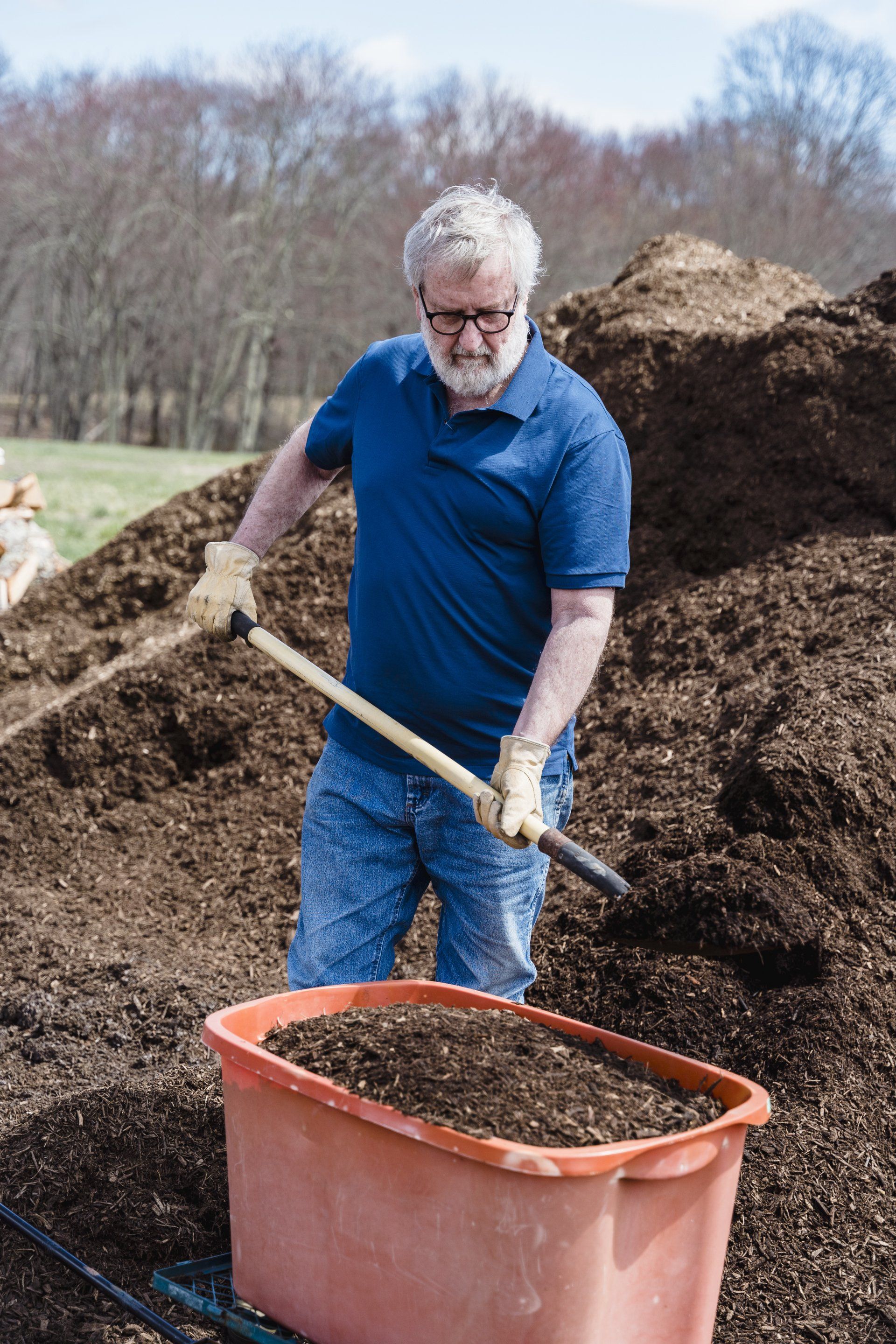Fall Soil Preperation
Fall Soil Preparation: Essential Steps for a Productive Spring Planting Season

As the days get shorter and temperatures cool, fall is the perfect time to give your soil the care it needs to ensure a productive growing season next year. Prepping your soil now, rather than waiting until spring, can save you time, money, and stress. At TPS Lab, we’re here to guide you through fall soil preparation with targeted soil testing and nutrient management solutions.
Why Soil Testing in the Fall Makes a Difference
Soil testing in the fall offers a head start on optimizing soil health for spring. A detailed soil test reveals the nutrients currently available in your soil, any deficiencies that need attention, and whether pH adjustments or organic amendments are necessary. This information allows for tailored nutrient management that addresses your specific soil needs.
What can a soil test reveal?
A comprehensive fall soil test will identify:
- Nutrient Deficiencies: Detect if your soil lacks vital nutrients like nitrogen, phosphorus, or potassium.
- Soil pH Imbalances: Soil pH affects nutrient availability, so adjusting it over winter can improve spring growth.
- Organic Matter Levels: Increasing organic matter improves soil structure, moisture retention, and root growth.
Essential Steps for Fall Soil Preparation
1. Conduct a Comprehensive Soil Test
Start with a soil test from TPS Lab to understand your soil’s current health. A detailed analysis will guide all other soil prep steps and ensure that any added nutrients or amendments target specific needs.
2. Apply Necessary Nutrients and Amendments
Once you have your test results, use the fall season to apply any needed soil amendments. If your soil needs calcium or magnesium, adding lime in the fall allows it time to integrate. For soils deficient in organic matter, add compost or aged manure now so it has time to break down, creating nutrient-rich, well-structured soil by spring.
Common amendments include:
- Compost: Adds organic matter and nutrients
- Lime: Raises soil pH, making nutrients more available
- Gypsum: Adds calcium without altering pH
- Cover Crops: Plant cover crops to enrich soil, prevent erosion, and suppress weeds naturally
3. Improve Soil Structure with Organic Matter
Organic matter enhances soil’s ability to retain moisture and fosters beneficial microbial life. Adding compost or mulching with straw, wood chips, or shredded leaves helps protect soil from compaction and erosion over winter. This practice also conserves nutrients, especially if your area experiences heavy rain in fall and winter.
4. Prepare for Winter by Adding a Mulch Layer
Covering your soil with a layer of organic mulch before winter insulates it, protecting beneficial microorganisms and retaining any added nutrients. By spring, this layer will have broken down, adding to the soil’s organic content and creating a fertile environment for young plants.
Why Fall Soil Preparation is the Smart Choice
Fall soil preparation isn’t just about being proactive; it also allows you to take advantage of cooler weather and gives amendments time to integrate and enrich the soil. Spring planting is often a busy time, and by preparing now, you’ll avoid the rush, reduce stress, and give your crops the best possible start.
Start Your Fall Soil Preparation with TPS Lab
At TPS Lab, we offer a range of soil testing and amendment solutions tailored to your crop needs. Reach out today to schedule your fall soil test and get personalized recommendations for creating fertile, balanced soil this winter. Contact us at 956-383-0739 to start preparing your soil for a successful spring planting season!



